On Tuesday, the Landmarks Preservation Commission took another step towards clearing its formerly 95-item backlog of sites calendared pre-2010. The commission designated seven properties in two boroughs – Staten Island and Manhattan. There was also a non-backlog designation.
The first was the George William and Anna Curtis House at 234 Bard Avenue, in the West New Brighton section of Staten Island. The transitional Italianate style home featuring Greek Revival elements was designed by an unknown architect and built in 1859. The Curtis family were reformers on issues including slavery and women’s suffrage.
LPC Chair Meenakshi Srinivasan said she was “pleased” to see the site designated. She said it is not only worthy because it is architecturally interesting, but also because of its social and cultural history. Commissioner Adi Shamir-Baron noted that Mr. Curtis also had a connection to legendary landscape architect Frederick Law Olmsted.
It had been on the calendar since 1966.
Next was St. John’s Protestant Episcopal Rectory, located at 1331 Bay Street in the Shore Acres neighborhood. The Queen Anne style building was designed by John W. Winmill and built between 1881 and 1882.
Commissioner Devonshire noted that it is almost completely original on its interior. Commissioner Frederick Bland delighted in that information and praised how “extraordinarily intact” the exterior is. He also noted that the church actually supported designation. Srinivasan called the structure “picturesque” and “charming.” She said it complements the church, but also stands on its own.
It had been on the calendar since 1966.
The house at 92 Harrison Street, in the Clifton section of the island, was built in the Greek Revival style around 1853. It is largely unchanged since the early 20th century, when porches were added.
It had been on the calendar since 1980.
The Prince’s Bay Lighthouse complex consists of a lighthouse built in 1864, a keeper’s house built in 1868, and a carriage house built in 1869. It is located at 6204 Hylan Boulevard on Staten Island’s South Shore. Decomissioned in 1922, it is one of eight extant lighthouses in the borough and used to be the summer cottage of the now-late John Cardinal O’Connor. Though the designation site is somewhat narrow, it sits on existing parkland where development is prohibited, allaying fears expressed by Commissioner Bland.
The site had been on the commission’s calendar since 1966.
Moving to Manhattan, the building at 315 Broadway, in TriBeCa, dates back to 1861, and is a good representative of what the commission staff called the “commercial palaces” of 1845 to the 1860s. From 1948 to 1969, the Hagstrom map company, which was making the official subway map, was based there.
Chair Srinivasan called it “architecturally exquisite.” Commissioner Bland expressed a hope that nobody would get too attached to the non-original fire escape, and that it might, one day, be removed.
The site had been on the calendar since 1989.
Moving north, there is St. Joseph of the Holy Family Roman Catholic Church at 401-403 West 125th Street. The church was initially built around 1860, but the Herter Brothers designed an addition constructed between 1889 and 1890. It initially served a German congregation but now serves mostly African-Americans and Latinos.
Commissioner Michael Goldblum expressed some concern over the narrow boundary of the designation site, a concern echoed by Commissioner Devonshire, who was worried about a nine-story apartment building going up next door.
The site had been on the calendar since 1966.
The final backlog designation of the day was St. Paul Roman Catholic Church at 121 East 117th Street. It was designed by Neville & Bagge and built between 1907 and 1908. Srinivasan called in “classic.” The site had been on the calendar since 1966.
All of those designations were approved unanimously by the commissioners present. With those seven, and the eight designated on April 12, the commission now has 14 remaining properties from the list of items prioritized on February 23.
As mentioned earlier, there was also a non-backlog designation on Tuesday. It was the former Firehouse Engine Company 29 building at 160 Chambers Street, in TriBeCa. Its public hearing was back in February of 2014 and nobody spoke in opposition to designation. The structure was originally built as a residence between 1832 and 1833, and was altered by Nathaniel Bush in 1868. It served as a police precinct and then a firehouse until 1947. It underwent a commercial conversion in 1967 and since the 1980s, it has had a commercial ground floor with residential use above. Srinivasan praised it as an example of adaptive reuse come full circle.
Subscribe to YIMBY’s daily e-mail
Follow YIMBYgram for real-time photo updates
Like YIMBY on Facebook
Follow YIMBY’s Twitter for the latest in YIMBYnews

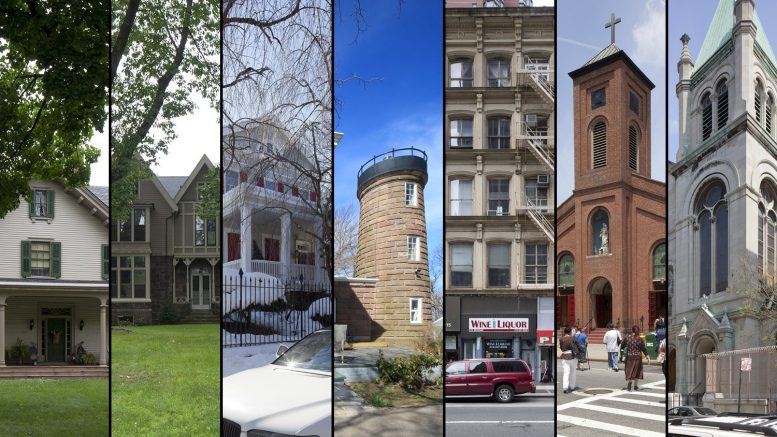
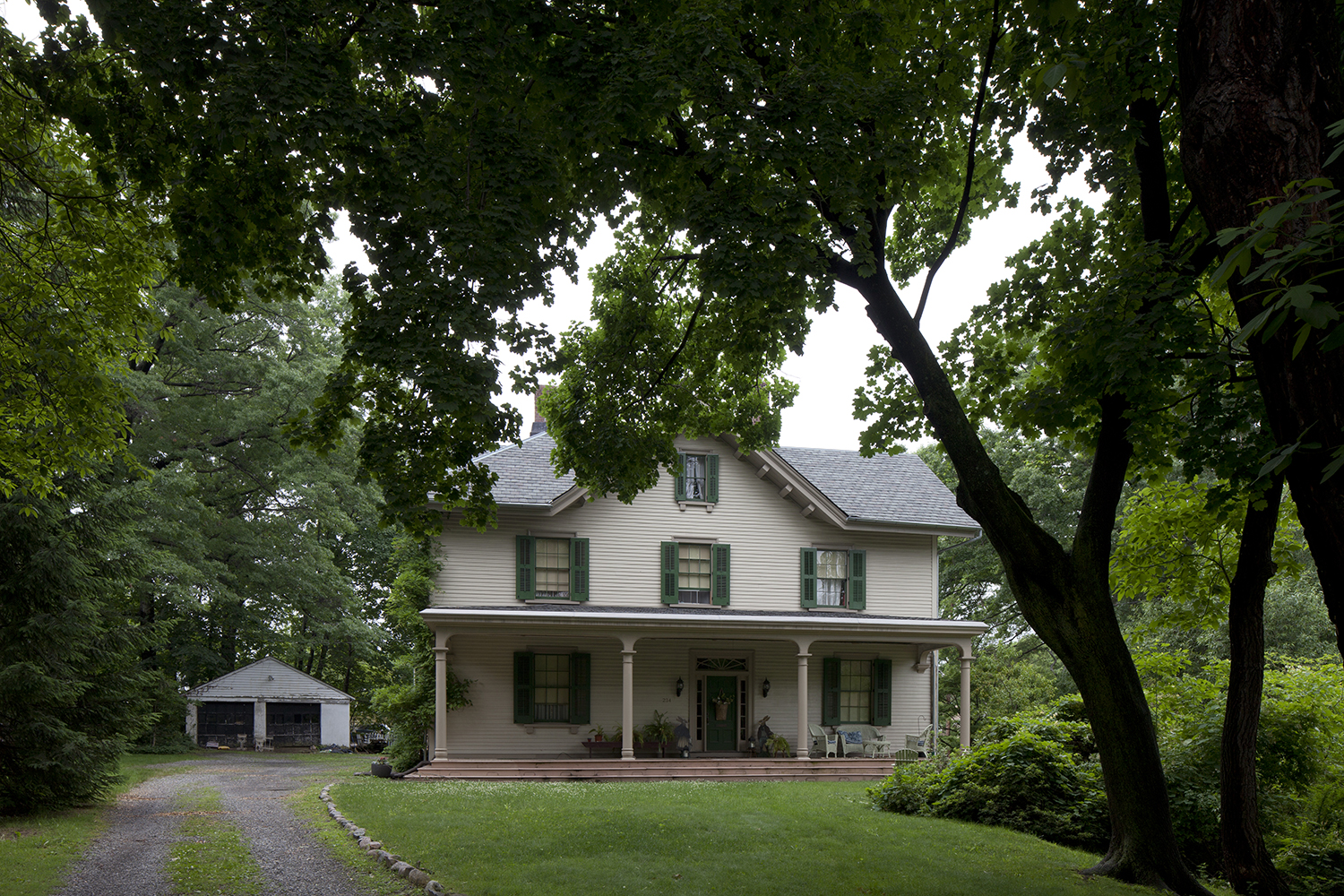
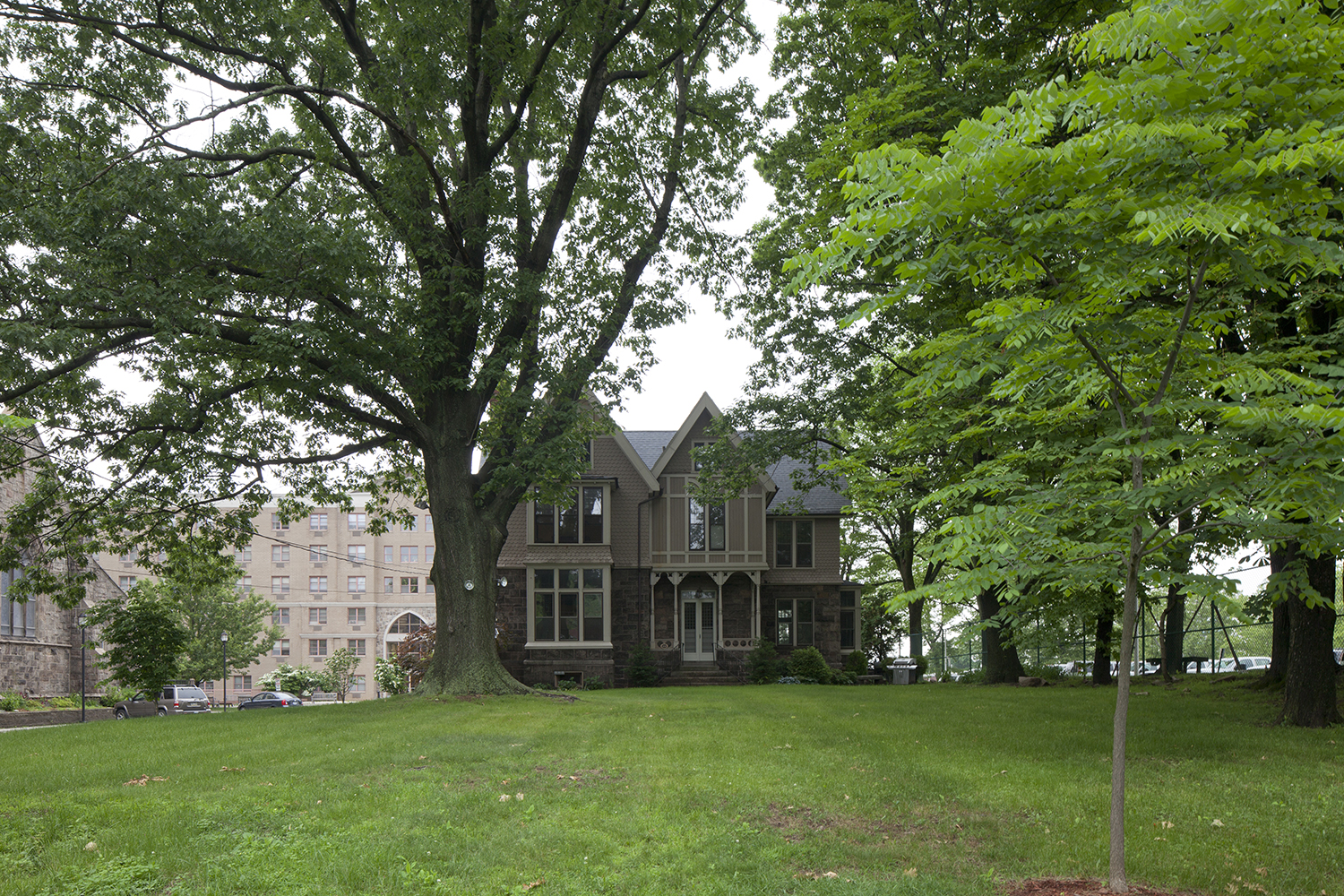
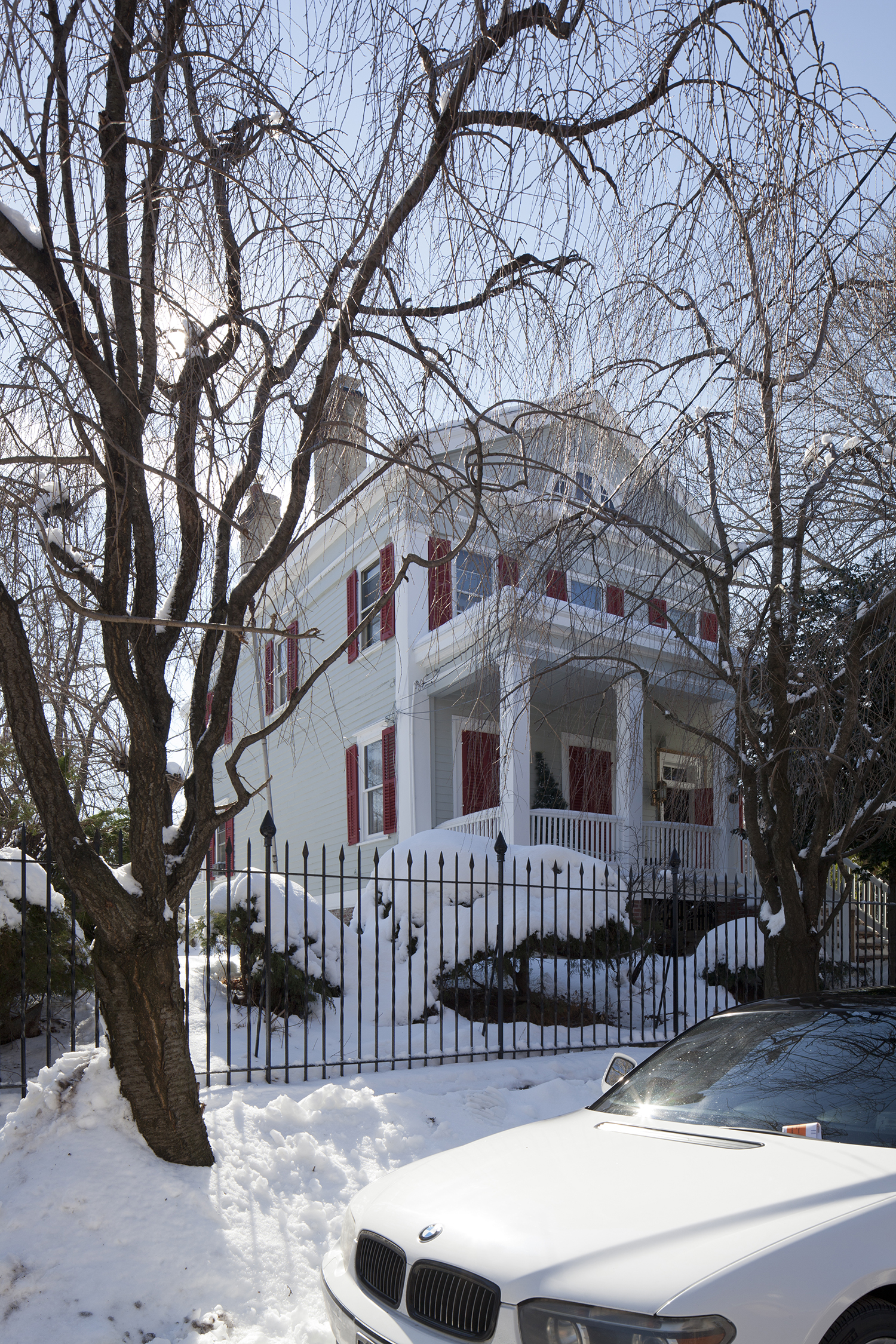
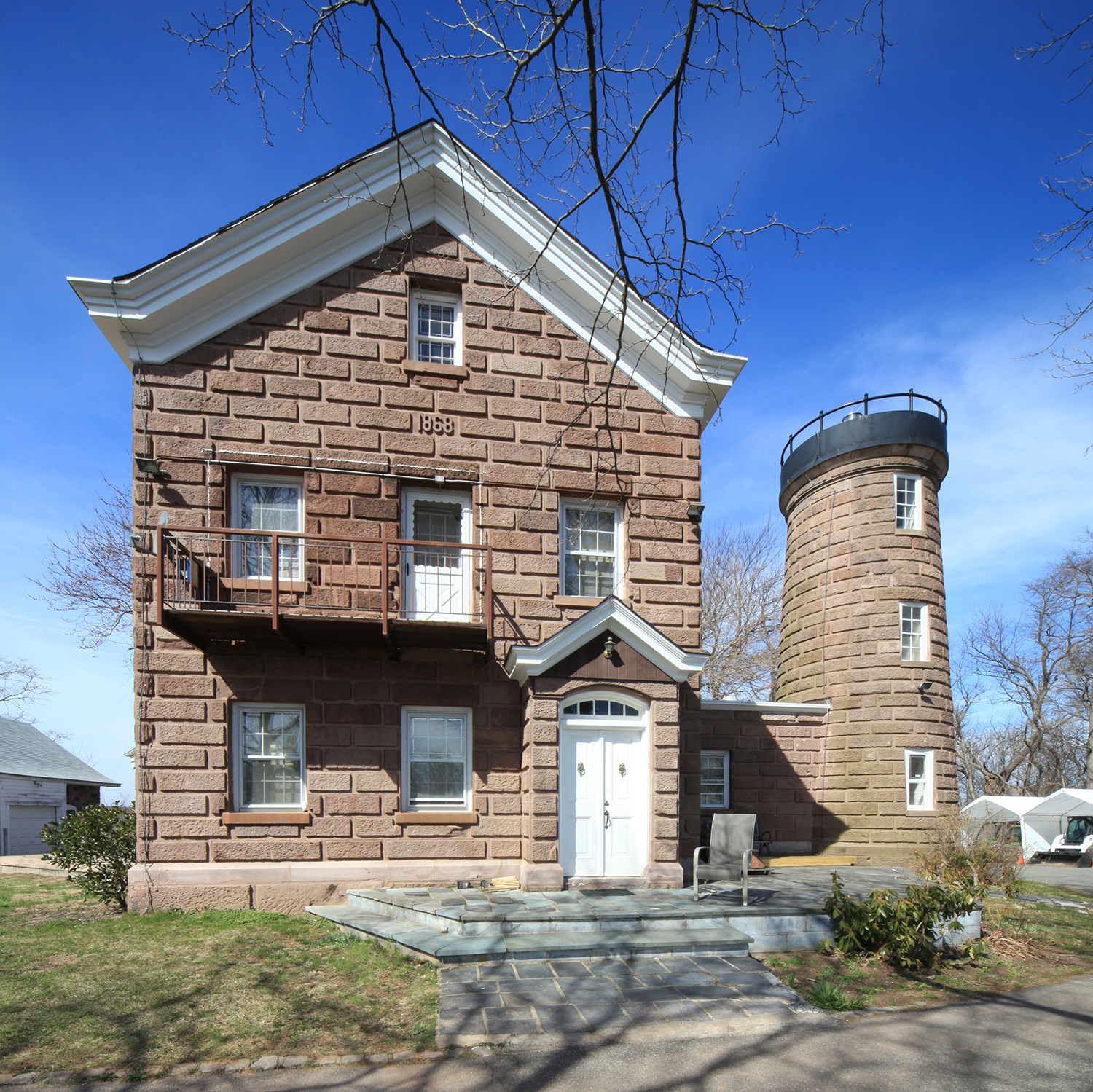

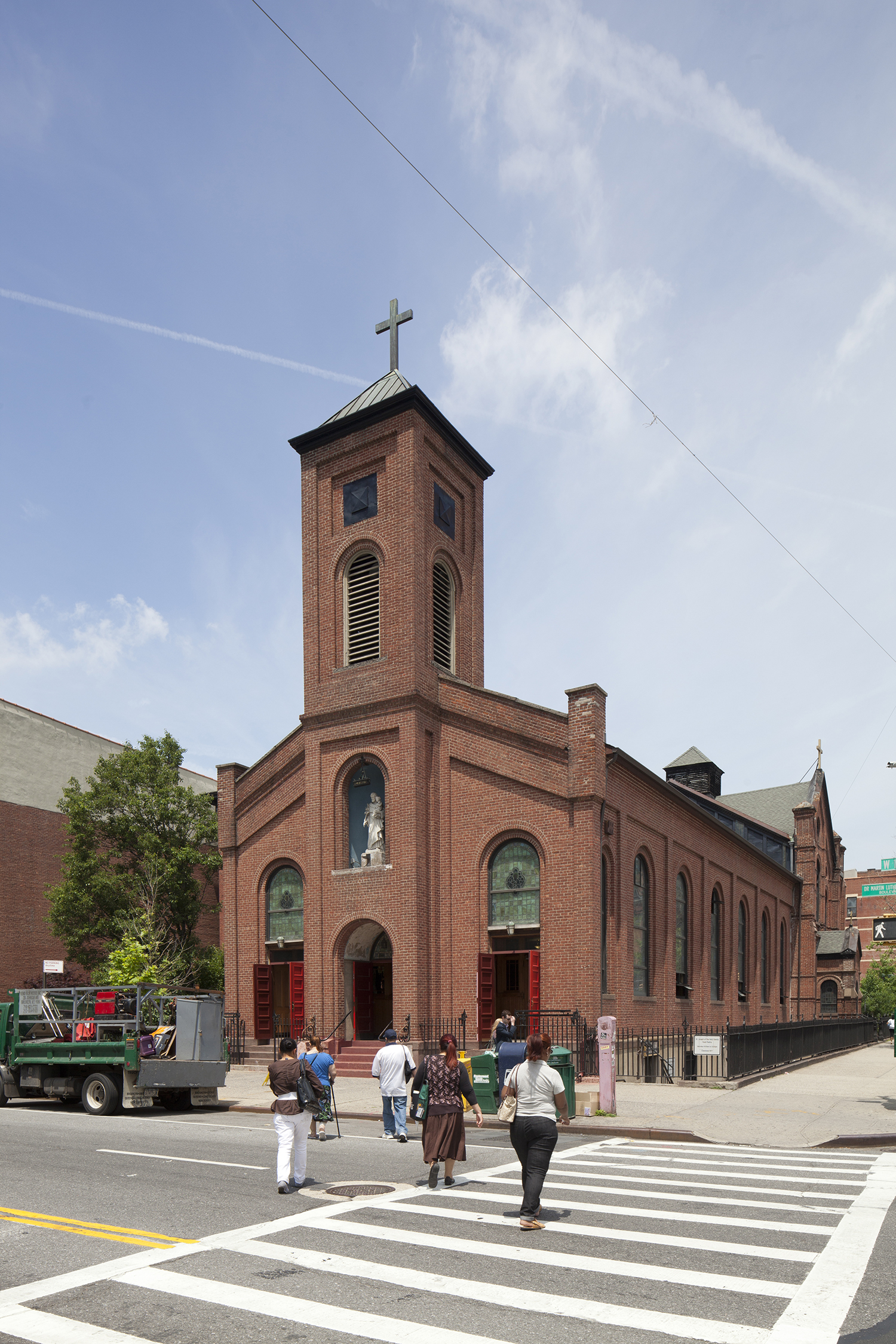
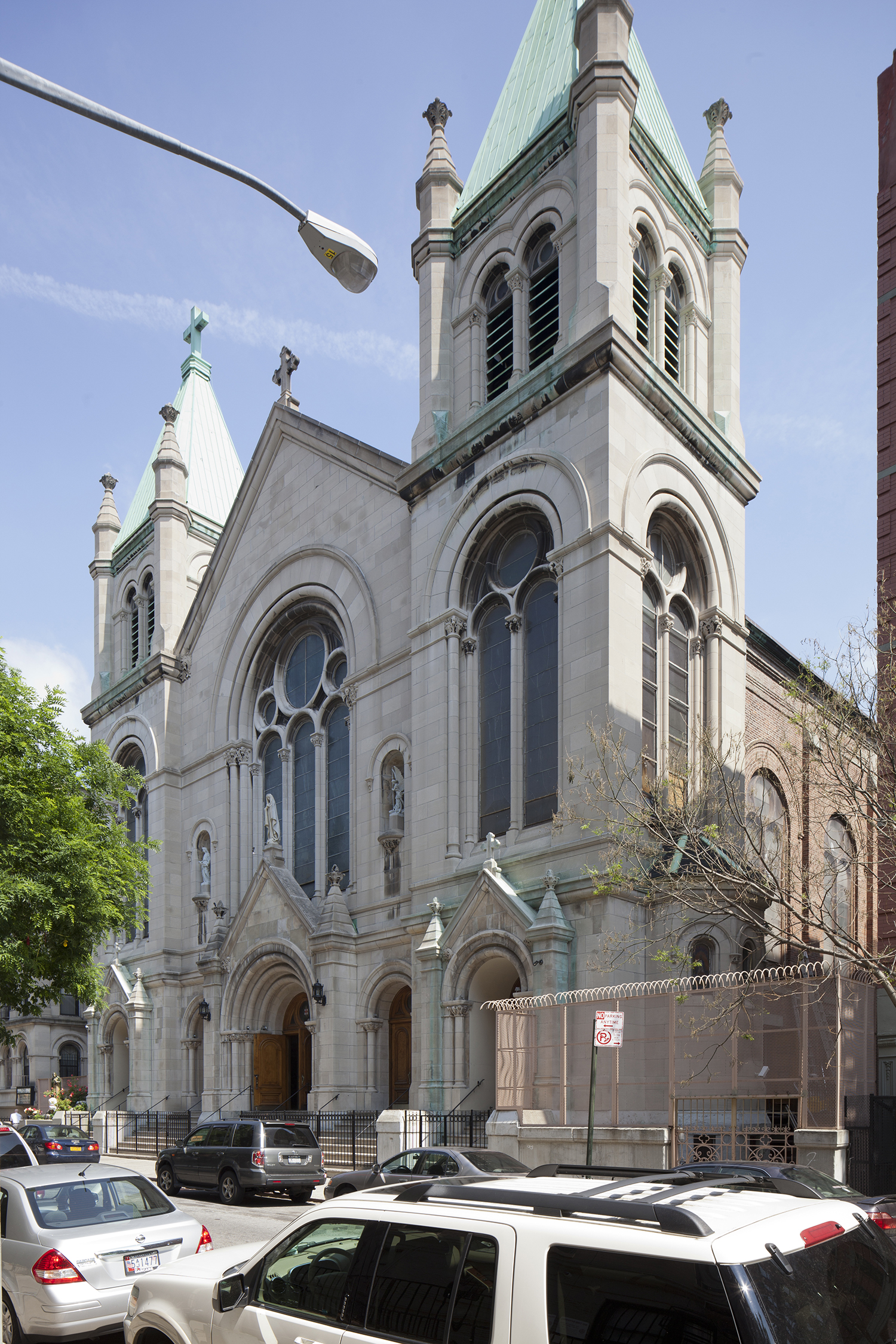
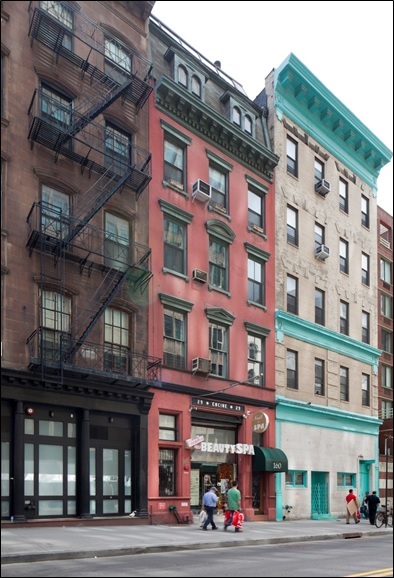
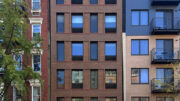

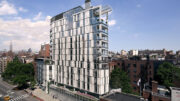
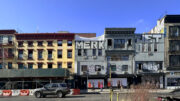
All architectures of church very beautiful and fine art, along on an each part to take a picture for pleasure.